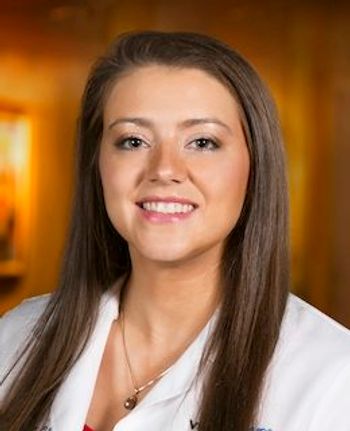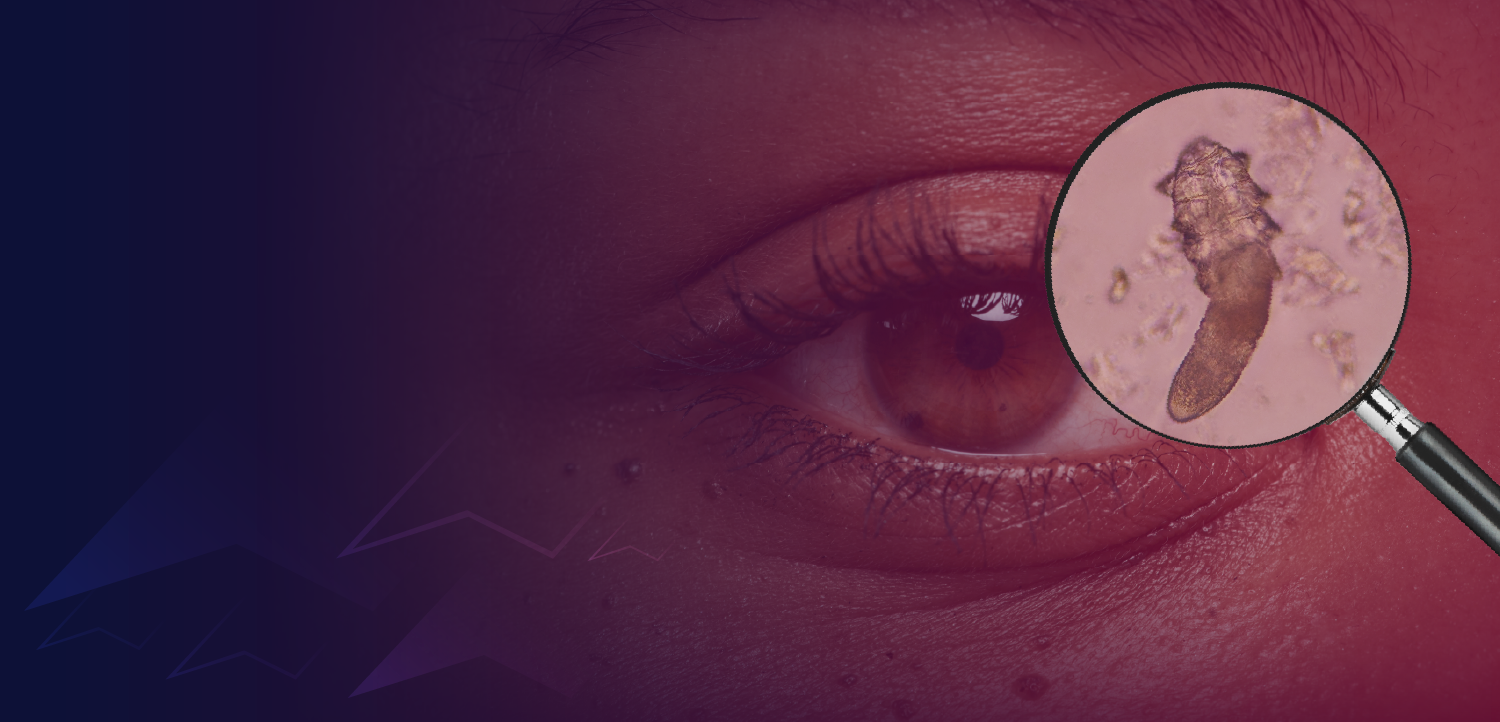
- Vol. 10 No. 10
- Volume 10
- Issue 10
Support NEI research with eye bonds
It is well known that millions of Americans suffer from visual impairment in some way, shape, or form. One would expect the number of Americans suffering from such to only rise as the population continues to age.
With that said, there is much research being conducted in the quest for cures for potentially blinding diseases, and there needs to be a lot more. However, proper and thorough research simply costs money-a lot of money.
HR 6421
A new bill, HR 6421: The Faster Treatments and Cures for Eye Diseases Act, may change that. Under this bill, the National Eye Institute, which is under the direction of the National Institutes of Health, would receive funding to conduct research on eye diseases, including glaucoma, age-related macular degenerations, sickle cell retinopathy, and combat-related blinding injuries.
HR 6421 was introduced in July 2018 with bipartisan support and has been referred to the House Committee on Energy and Commerce. The bill in its current form would enable private funding directly to the National Eye Institute in an interesting way-through the purchase and sale of “eye bonds.”
Eye bonds
Like traditional bonds, eye bonds would be able to be purchased as investments. The revenue from the sale of these bonds would go directly to the National Eye Institute for research on eye diseases selected by the National Institutes of Health.
The idea is that when the bonds come due, the research conducted by the National Eye Institute will have progressed enough to be eligible for other modes of funding. The bonds would have a limited backing from the federal government. According to www.eyebonds.com, taxpayer money is not expected to be a part of this process.
The research that would benefit most from HR 6421 is commonly referred to as translational research. It is known as such because it is intended to translate research conducted in vitro to novel therapies that may have potentially tangible results in humans. The financial bridge to that point in research can be difficult to overcome because investors prefer to invest in research which already holds significant promise. Of note, the amount of money allocated to scientific research from the sale of so-called eye bonds would be up to $1 billion over a period of four years, with no more than $250 million being allocated in a single year.
At the time this editorial was written, the bill had garnered 18 cosponsors split almost evenly across the party aisle. I contacted my U.S. Representative to ask for his support. Such bills tend to take time to gain momentum in the form of cosponsorship and passage out of committee, and this bill appears to be off to a good start.
Articles in this issue
about 7 years ago
How to diagnose a swollen optic nerveabout 7 years ago
Proliferative retinopathy leads to risk of sight lossabout 7 years ago
Hidradenitis suppurativa masquerades as blepharitisabout 7 years ago
Know the legal aspects of myopia controlabout 7 years ago
Applying precision medication to glaucoma and genomicsabout 7 years ago
How air pollution affects the ocular surfaceabout 7 years ago
Q&A: Casablanca, dry eye, and throwing axesabout 7 years ago
Visual haze leads to diagnosing unknown corneal dystrophyabout 7 years ago
How to know if a professional employer organization can help youabout 7 years ago
ODs protest university name changeNewsletter
Want more insights like this? Subscribe to Optometry Times and get clinical pearls and practice tips delivered straight to your inbox.


















































.png)


